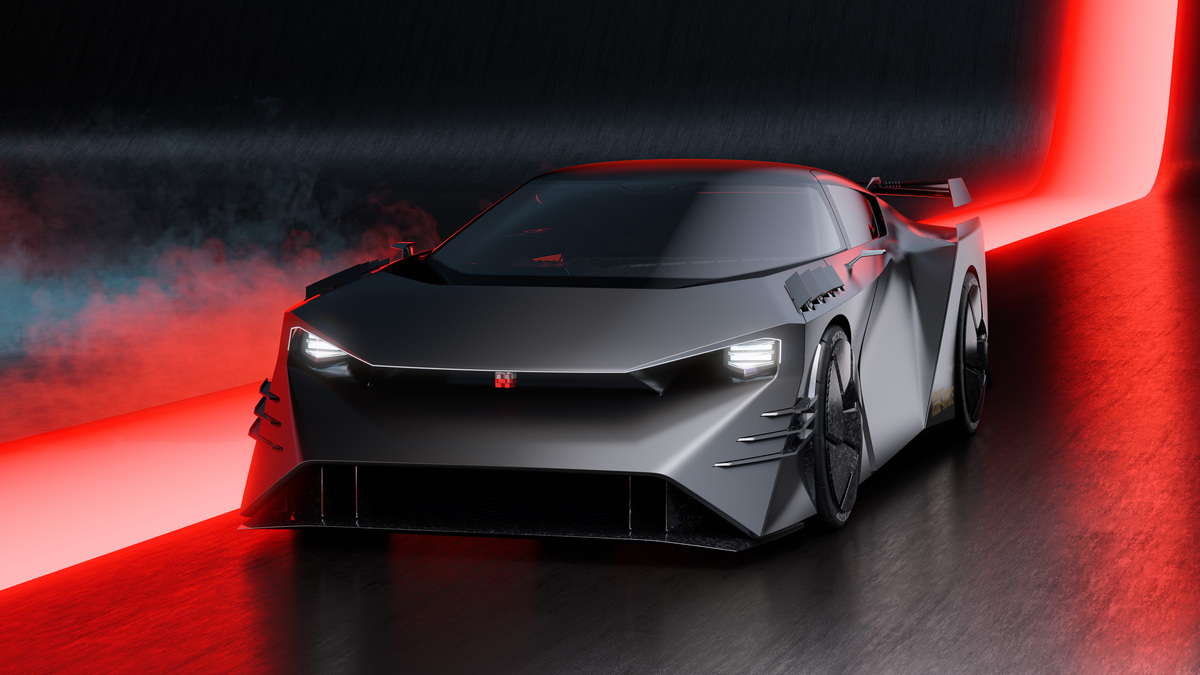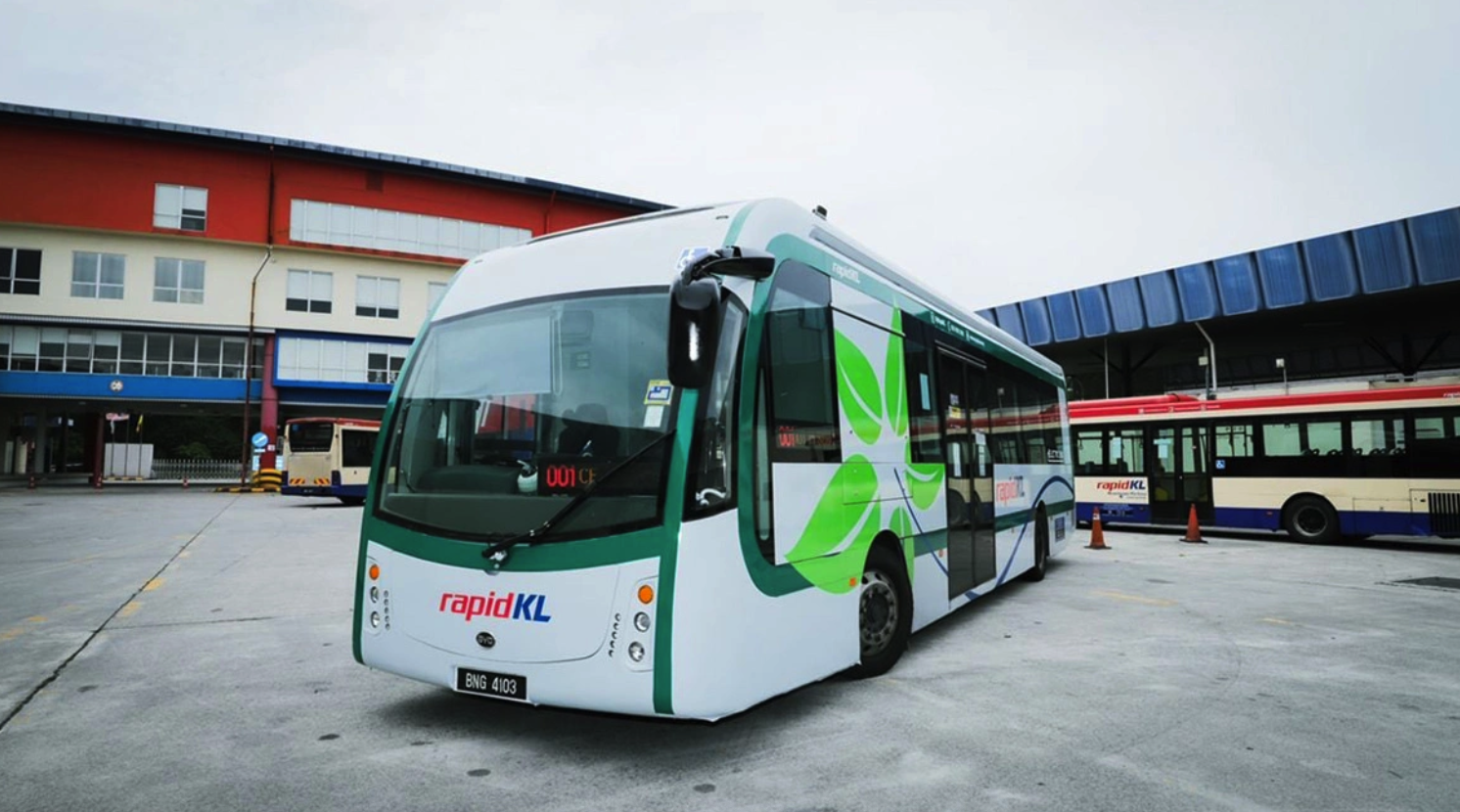Electric vehicle (EV) battery packs are now more affordable than ever, with average costs dropping 20% in 2024 to $115 (RM517) per kilowatt-hour (kWh), according to BloombergNEF’s annual battery price survey. This sharp decline, the most significant since 2017, is attributed to an oversupply of production capacity, reduced prices for raw materials and components, and a growing shift toward lithium iron phosphate (LFP) batteries, which are more cost-effective than traditional lithium-ion variants.
The affordability of EV battery packs has long been a critical determinant of the viability of electric vehicles. With prices falling so rapidly, experts anticipate that EVs could reach price parity with petrol-powered vehicles by 2026, a milestone expected to catalyze mass adoption. This projection hinges on battery pack prices dropping below $100(RM450)/kWh, a threshold considered pivotal for widespread EV affordability.
China continues to dominate the EV battery industry, producing enough battery cells in 2024 to meet 92% of global demand across EV and stationary storage applications. This vast production capacity has significantly influenced global pricing trends, making EVs in China cheaper than their petrol counterparts. However, part of this cost advantage is supported by government funding, suggesting that market forces alone may not account for the disparity.
Despite the current oversupply, the report cautions that this situation is unlikely to persist. As EV adoption and global car sales stabilise, manufacturers are expected to adjust production capacity to match demand, potentially tempering further price reductions.
Price Outlook and Challenges Ahead
BloombergNEF forecasts that battery pack prices could drop to $69(RM310)/kWh by 2030, further solidifying EVs as the dominant choice for consumers. However, several factors could disrupt this trajectory. Geopolitical tensions and policy shifts are emerging as significant challenges for manufacturers and suppliers.
In Europe, countries like France and Germany have scaled back EV subsidies earlier than expected, dampening adoption rates. This policy shift has sparked lobbying efforts to relax emissions targets and delay the transition away from internal combustion engines.
The report underscores that navigating these shifting geopolitical and economic landscapes will be critical for battery manufacturers and EV makers alike. While the current drop in battery prices signals a promising future for EV adoption, the industry must remain adaptable to sustain this momentum in the face of potential roadblocks.





















